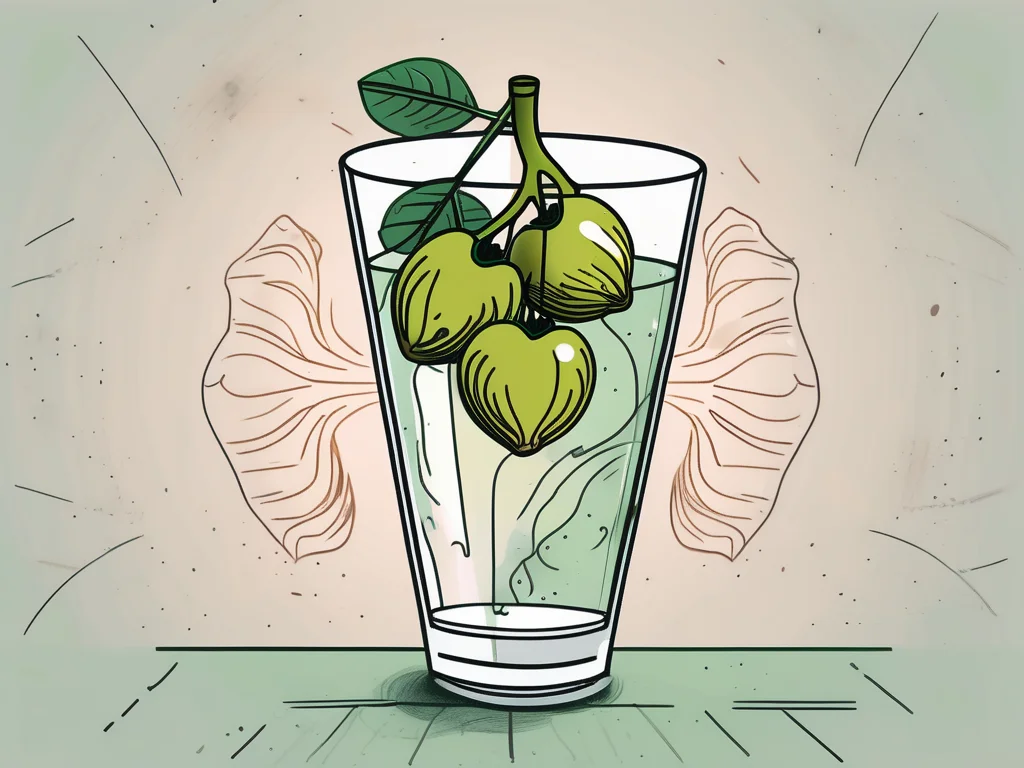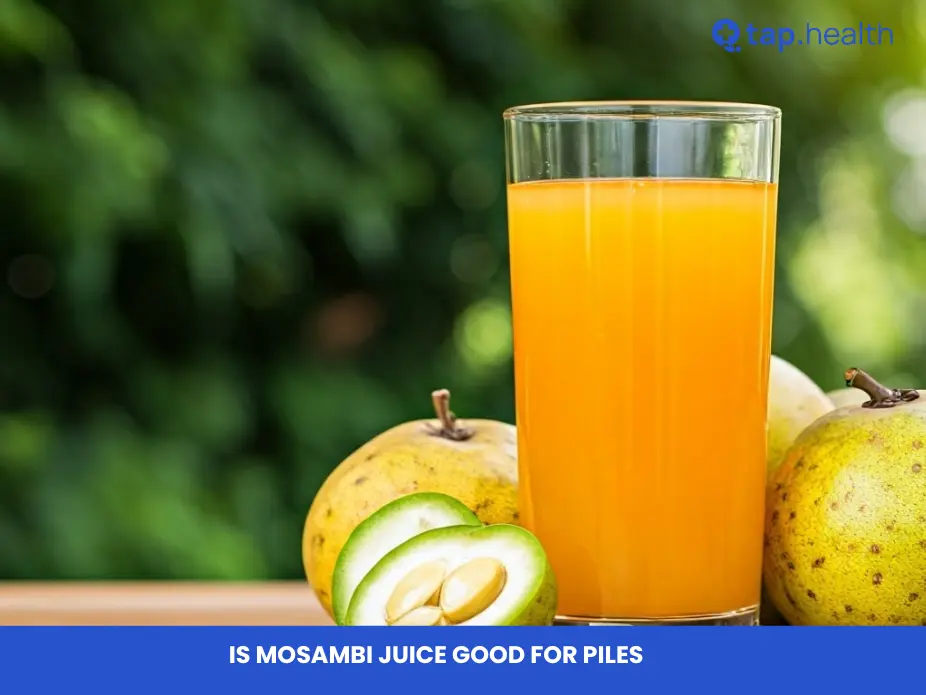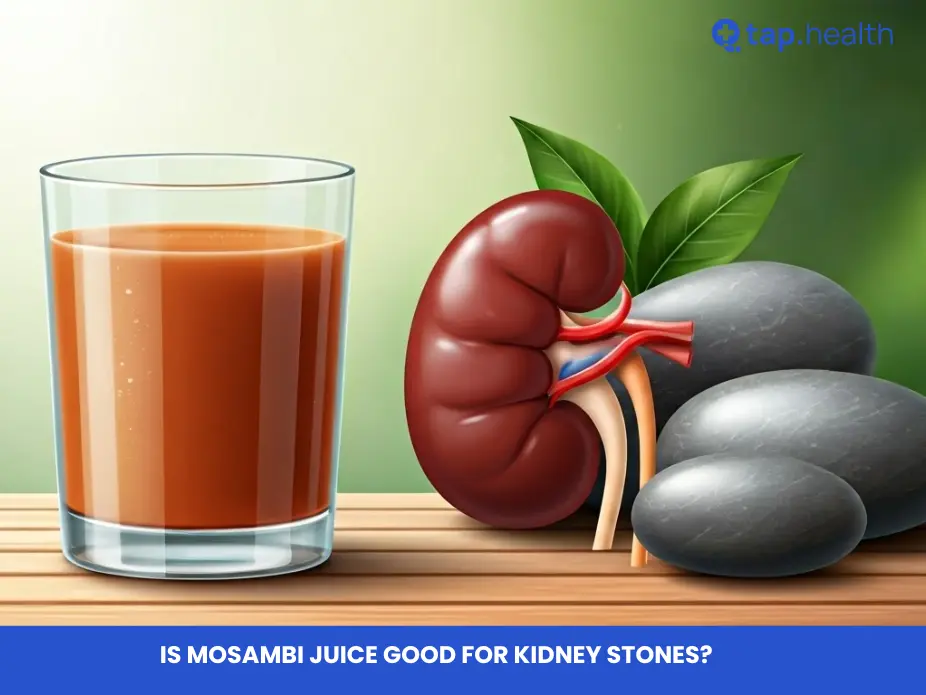Amla juice, derived from the Indian gooseberry, is a nutrient-packed beverage celebrated for its health benefits in Ayurvedic medicine. Rich in vitamin C, antioxidants, and essential minerals, it supports immunity, digestion, heart health, and more. This blog provides a concise guide on how to make amla juice, its benefits, creative ways to include it in your diet, and precautions to ensure safe consumption.
What Is Amla Juice and Why Is It Beneficial?
Amla, or Indian gooseberry (Emblica officinalis), is a sour, nutrient-dense fruit used for centuries in traditional medicine. Amla juice is made by extracting the juice from fresh or dried amla, offering a convenient way to consume its vitamins, minerals, and antioxidants.
Key Nutrients in Amla Juice:
- Vitamin C: Boosts immunity and fights infections.
- Antioxidants: Polyphenols and flavonoids combat oxidative stress.
- Vitamins A, E, and B-complex: Support eye health, skin, and energy levels.
- Minerals: Calcium, iron, and phosphorus for bone and blood health.
These nutrients make amla juice a powerhouse for overall wellness, from enhancing digestion to promoting radiant skin and hair.
Health Benefits of Amla Juice
Incorporating amla juice into your diet can provide a range of health benefits. Below are the key advantages, based on its nutrient profile and traditional uses.
1. Boosts Immune System
Amla juice is a vitamin C powerhouse, strengthening the immune system to ward off colds, flu, and infections. Regular intake may reduce the severity and duration of illnesses, keeping you healthy year-round.
2. Improves Digestive Health
The fiber in amla juice promotes regular bowel movements and prevents constipation. It also stimulates digestive enzyme production, enhancing nutrient absorption and gut health.
3. Promotes Heart Health
Amla juice’s antioxidants help lower cholesterol levels, prevent artery plaque buildup, and maintain healthy blood pressure. These cardio-protective properties support long-term heart health.
4. Enhances Skin and Hair Health
Antioxidants in amla juice promote collagen production, improving skin texture and reducing wrinkles. For hair, it strengthens follicles, reduces hair fall, and encourages growth, making it a natural beauty elixir.
5. Supports Detoxification and Weight Management
Amla juice acts as a natural detoxifier, cleansing the liver and flushing toxins from the body. This supports better metabolism, aiding weight management when paired with a balanced diet.
6. Reduces Inflammation
The anti-inflammatory properties of amla juice, driven by flavonoids and polyphenols, help alleviate conditions like arthritis by reducing pain and swelling.
How to Make Amla Juice at Home
Making amla juice at home is simple and ensures you get a fresh, additive-free drink. Here’s a step-by-step guide:
- Gather Ingredients:
- 4-5 fresh amla fruits (or dried amla powder).
- 1 cup water.
- Optional: Honey, ginger, or lemon for flavor.
- Prepare the Amla:
- Wash the amla thoroughly.
- Remove seeds and chop into small pieces.
- Blend and Strain:
- Blend the amla pieces with water until smooth.
- Strain the mixture using a fine mesh or cheesecloth to extract the juice.
- Enhance Flavor:
- Add a teaspoon of honey or a pinch of grated ginger for taste.
- For a tangy twist, squeeze in some lemon juice.
- Serve:
- Drink fresh on an empty stomach for maximum benefits.
- Store in a glass container in the fridge for up to 2 days.
Pro Tip: Blend amla with ginger for added anti-inflammatory benefits or mix with orange juice for a vitamin-packed drink.
Creative Ways to Incorporate Amla Juice into Your Diet
Amla juice is versatile and can be enjoyed in various ways beyond drinking it straight. Here are some ideas:
1. Amla Juice Smoothies
Blend amla juice with fruits like bananas, mangoes, or berries for a nutrient-rich smoothie. Add spinach or kale for an extra health boost.
2. Salad Dressings
Mix amla juice with olive oil, honey, and herbs to create a tangy, healthy salad dressing.
3. Refreshing Mocktails
Combine amla juice with sparkling water, mint leaves, and a dash of lime for a hydrating summer drink.
4. Marinades
Use amla juice as a marinade for chicken or tofu. Its tangy flavor adds a unique twist to grilled dishes.
Buying Store-Bought Amla Juice
If preparing amla juice at home isn’t feasible, opt for store-bought versions with these tips:
- Check Ingredients: Choose organic, cold-pressed amla juice without added sugars or preservatives.
- Packaging: Prefer glass bottles to avoid chemical leaching from plastic.
- Read Labels: Ensure minimal processing to retain maximum nutrients.
Precautions and Potential Side Effects
While amla juice is generally safe, certain precautions are necessary to avoid adverse effects.
1. Who Should Avoid Amla Juice?
- Pregnant Women: Consult a doctor, as amla juice may not be suitable during pregnancy.
- People with Gallstones: Amla may exacerbate gallstone issues.
- Diabetics or Kidney Patients: Monitor intake, as amla may interact with medications.
2. Potential Side Effects
- Digestive Issues: Excessive consumption may cause diarrhea due to high vitamin C content.
- Allergies: Those allergic to amla should avoid it to prevent reactions.
3. Safe Consumption Tips
- Start with small amounts (1-2 tablespoons daily) to assess tolerance.
- Dilute with water or other juices to reduce acidity.
- Consult a healthcare provider if you’re on medications or have underlying conditions.
FAQs About Amla Juice
1. Can I drink amla juice daily?
Yes, drinking 1-2 tablespoons of amla juice daily is generally safe for most people. Dilute it with water and start with small amounts to avoid digestive issues.
2. Does amla juice help with weight loss?
Amla juice supports metabolism and detoxification, which can aid weight management when combined with a healthy diet and exercise.
3. Can amla juice improve hair growth?
Yes, its antioxidants and vitamins strengthen hair follicles, reduce hair fall, and promote growth.
4. Is store-bought amla juice as effective as homemade?
Cold-pressed, organic store-bought amla juice can be effective but may lose some nutrients during processing. Homemade juice is fresher and customizable.
5. Are there any risks to drinking amla juice?
Excessive intake may cause digestive discomfort, and those with specific conditions (e.g., diabetes, gallstones) should consult a doctor.
Conclusion
Amla juice is a nutrient-rich, versatile drink that offers numerous health benefits, from boosting immunity to improving skin, hair, and heart health. By making it at home or choosing high-quality store-bought options, you can easily incorporate this superfood into your diet. Whether added to smoothies, dressings, or enjoyed as a refreshing drink, amla juice is a simple way to enhance your well-being. However, practice moderation and consult a healthcare professional if you have specific health concerns to ensure safe consumption.



